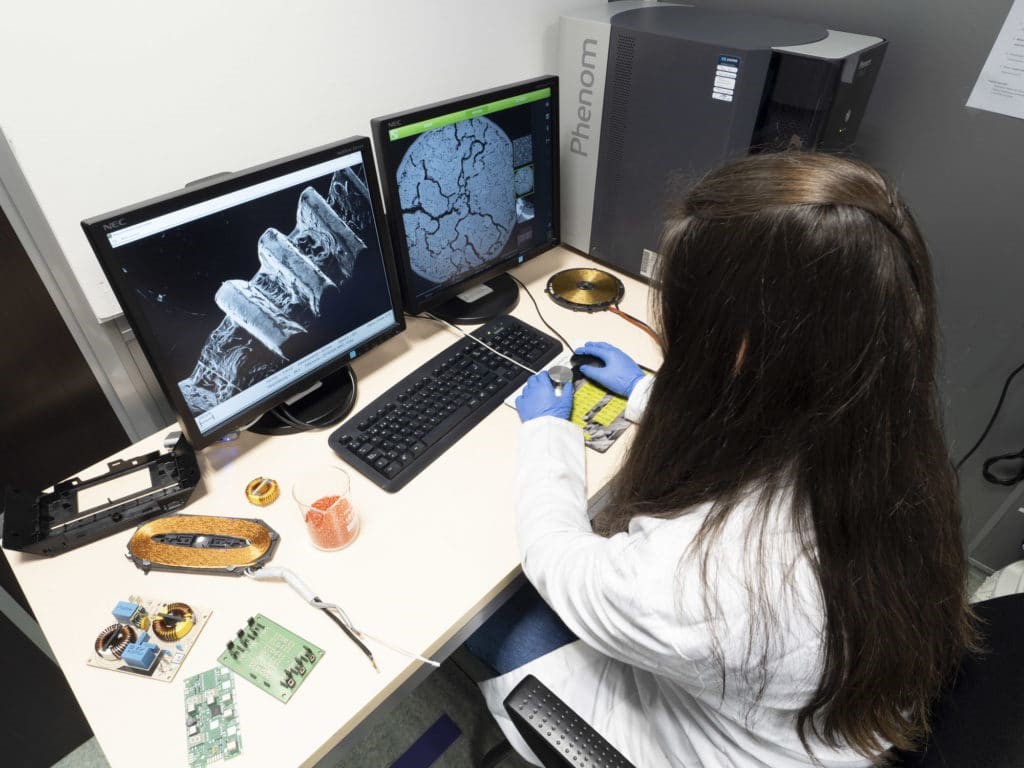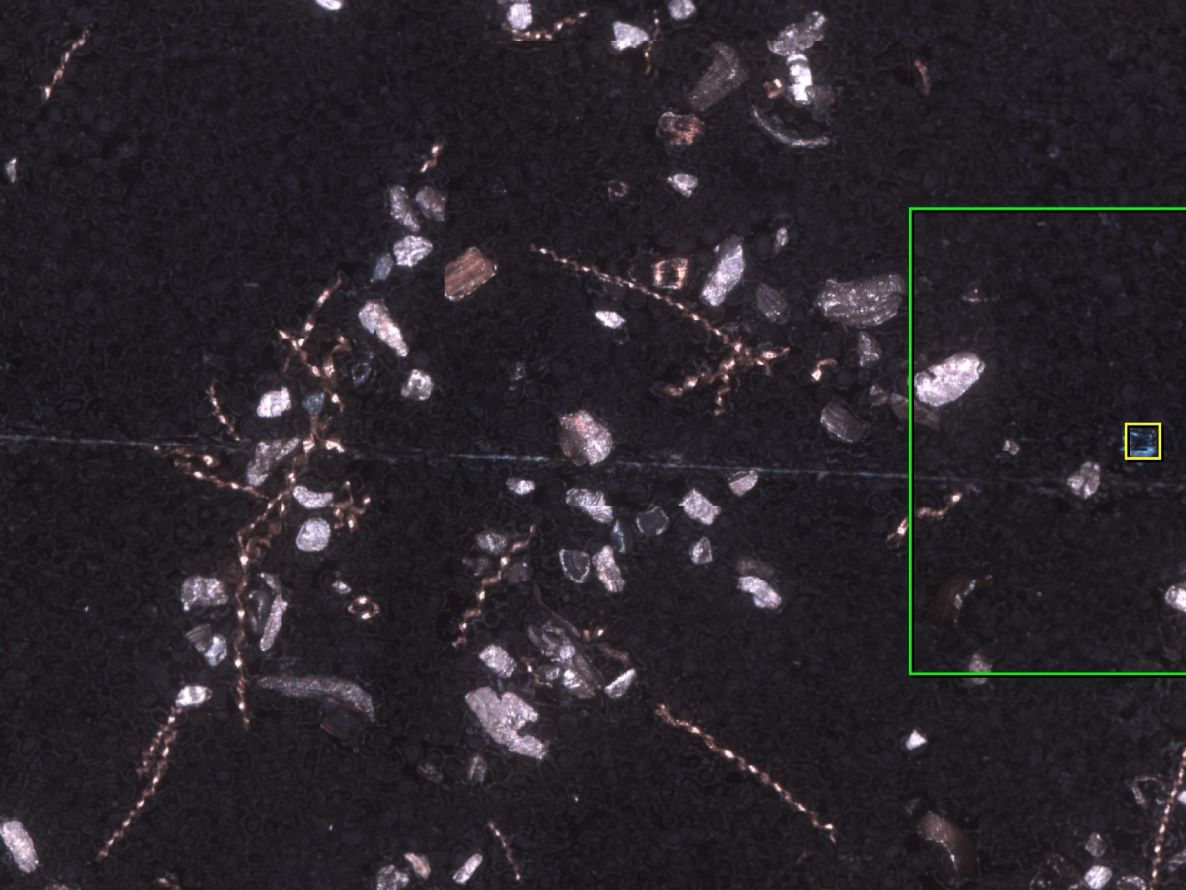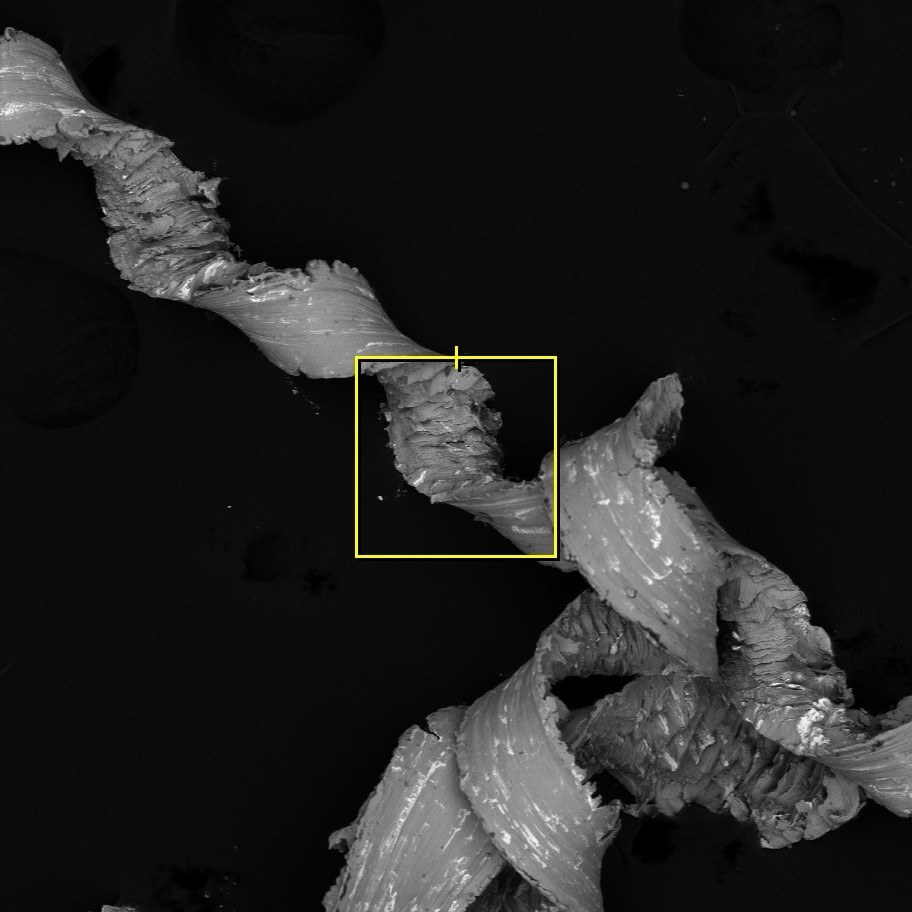What was the challenge or problem to solve?
The Forensic Engineering team at INFINITIA faced the challenge of reverse engineering metallic residues. The client discovered particles in air filters during a specific production process. The goal was to determine the elemental composition of the particles to understand their origin, their impact on the production process, and how this might be affecting the quality of the final product.

Air quality in certain production processes is critical (e.g., in painting or bonding processes), which is why particle filters are used to achieve higher quality finishes. However, poor maintenance of the filters or an external incident to the factory can sometimes reduce the efficiency of the filtration, thus decreasing the quality of the manufactured pieces, leading to painting defects, bubble formation, or bonding issues.

To tackle this challenge, the project was structured into several steps. Initially, the particulate material from the filters was received and a visual examination was conducted using an optical microscope. This initial visual inspection provided a preliminary understanding of the general characteristics of the particles, which guided the subsequent stages of more detailed analysis. The crucial step was the use of scanning electron microscopy, combined with energy-dispersive X-ray spectroscopy (SEM-EDX).
This advanced technology not only allowed for high-resolution visualization of the particle morphology but also precisely identified their elemental composition. This analysis was fundamental to differentiate the particles by type and determine the homogeneity in their composition at different points of each particle.
Finally, detailed images were captured and elemental composition measurements were taken using specialized software tools. These data allowed for a comprehensive evaluation of the particle variability and facilitated the interpretation of potential impacts on the production process. The results were compiled and presented clearly and comprehensively, providing the client with a solid foundation to implement significant improvements in their manufacturing protocols.
This detailed approach not only resolved the initial problem but also enhanced our client’s ability to control and optimize their production processes, thus ensuring higher quality and minimizing defects in the final product.

